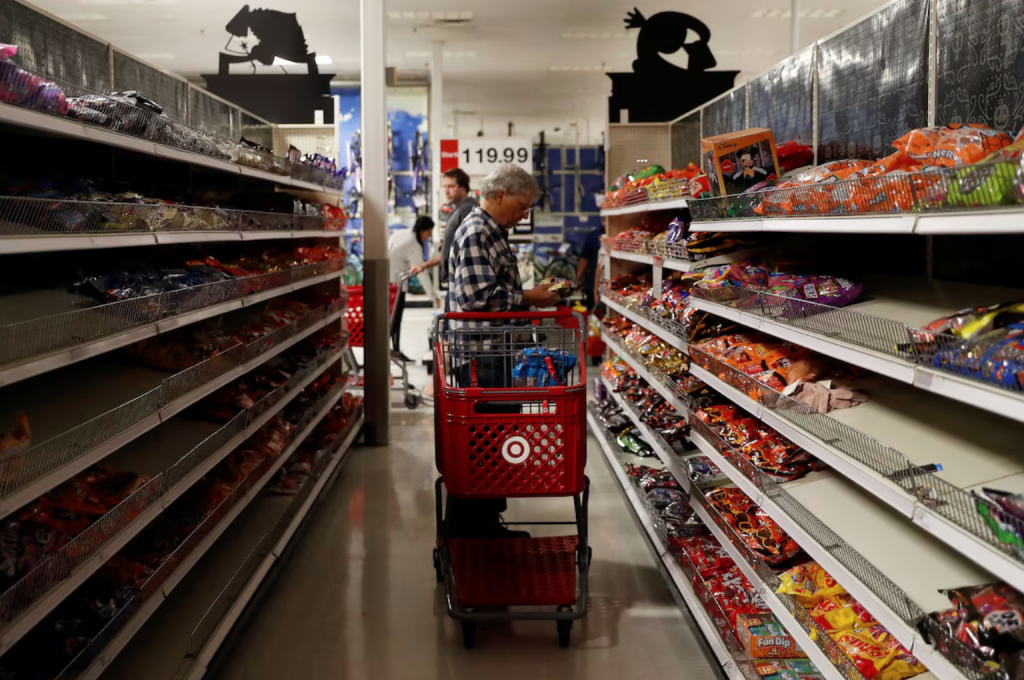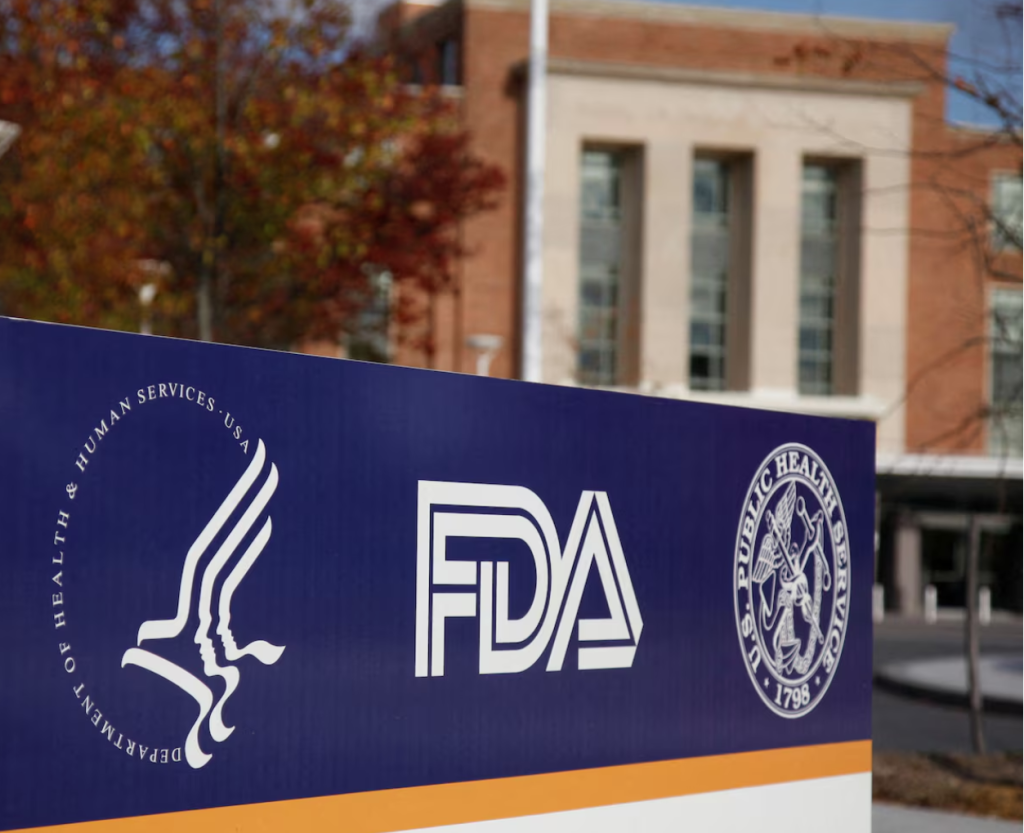The U.S. on Wednesday banned the use of a synthetic food dye that gives some candies, cakes and certain oral medications a cherry-red color, following evidence that the dye causes cancer in laboratory rats.

The ban by the Food and Drug Administration on the Red No. 3 dye in food items comes more than three decades after it was barred in cosmetics.
“Why you would say something can’t be in cosmetics, but you can eat it makes no sense to me. I am very pleased that they finally have done what I think they should have done years ago,” said petitioner Linda Birnbaum, former director at the National Institute of Environmental Health Sciences and National Toxicology Program.

Consumer advocacy groups have been pushing for its ban for several years, including a petition, opens new tab in 2022 to review studies that show high exposure to the additive may cause cancer in male rats.
“The FDA cannot authorize a food additive or color additive if it has been found to cause cancer in humans or animals,” said Jim Jones, Deputy Commissioner for Human Foods.
The regulator, however, said studies in other animals and in humans did not show these effects and that available evidence does not support claims that the dye’s use in food and oral drugs puts people at risk.
Manufacturers who use Red No. 3 in food have until Jan. 15, 2027, to reformulate their products and ingested-drug makers have until Jan. 18, 2028, to comply with the ban.
Lawmakers had grilled FDA Commissioner Robert Califf in a recent Senate Committee hearing over the use of food dyes.
“Food safety is the number one priority for U.S. confectionery companies, and we will continue to follow and comply with FDA’s guidance and safety standards,” trade group National Confectioners Association said.
Robert F. Kennedy Jr., President-elect Donald Trump’s choice to lead the country’s top health agency, has frequently talked about reducing chemicals in food.